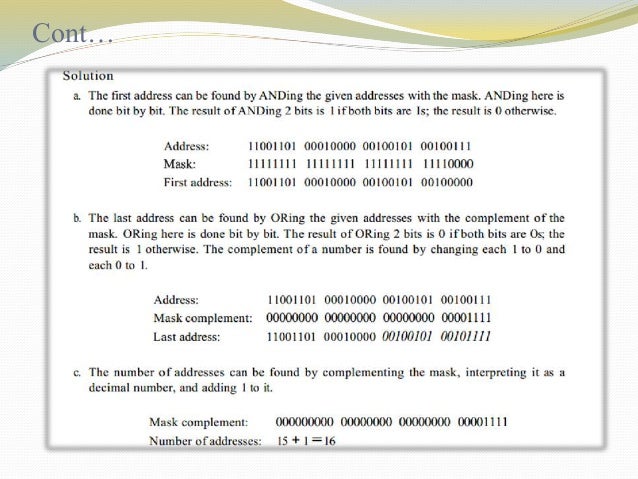
There are many other differences between the IPv4 and IPv6 headers which won't be discussed or mentioned here. The only type of extension header that must be processed by every single network device in the path is the "Hop-by-Hop" options header, which must always be the first one after the main IPv6 header. Most extension headers will be processed only by the destination node which results in optimization and efficiency of overall packet processing due to devices in the middle of the packet path not having to process extra information. However, in IPv6 case, the extension header is implemented past the fixed header. There is an extension header for IPv6, which is similar to the "Options" field in the IPv4 header. On the other hand, the size of main IPv6 header is constant - it will always remain at 40 bytes. Due to variation in size, networking devices may require additional processing power for the when receiving and sending packets. IPv4 header varies in byte size - it begins from 20 bytes (5 x 32 = 160 bits) and can go up all the way to 60 bytes (15 x 32 = 480 bits). The biggest differences between the IPv4 and IPv6 headers are the byte size and simplified designed of the header overall. Note: due to differences in headers, the IPv4 and IPv6 protocols cannot directly interoperate without utilizing supplementary methods such as dual-stack capable equipment, tunneling, 6to4, NAT64, Teredo, 6rd, ISATAP or other supported mechanisms. However, while this IP address pool massive in theory, much like the IPv4, the IPv6 addressing has some notable rules and nuances that must be accounted for before implementing the newer IP standard.īefore diving into the details of how each IPv6 address space is classified and what it's used for, the inspection of IPv6 header from theoretical standpoint would assist in comparing and understanding the difference between IPv4 and IPv6. This is especially relevant to the growing IoT industry as some of the devices require their own individual IP addresses to become reachable directly via the internet.

This amount of available addresses means that any device can have at least a single public IP address. Some of these addresses are already reserved for internal or special use-cases. In theory, the total IPv4 address pool contains 2 32=4,294,967,296. While both IPv4 and IPv6 address pools are finite, IPv6 has an extremely large amount of available total addresses compared to IPv4. IP version 6 defines the exact same features and functions as IPv4, but the way IP version 6 is implemented differs from IP version 4.

Due to exhaustion of IPv4 addresses, it's becoming a common practice to configure routers, servers, standalone computers, IoT devices and many other appliances using IPv6 address pool.


 0 kommentar(er)
0 kommentar(er)
